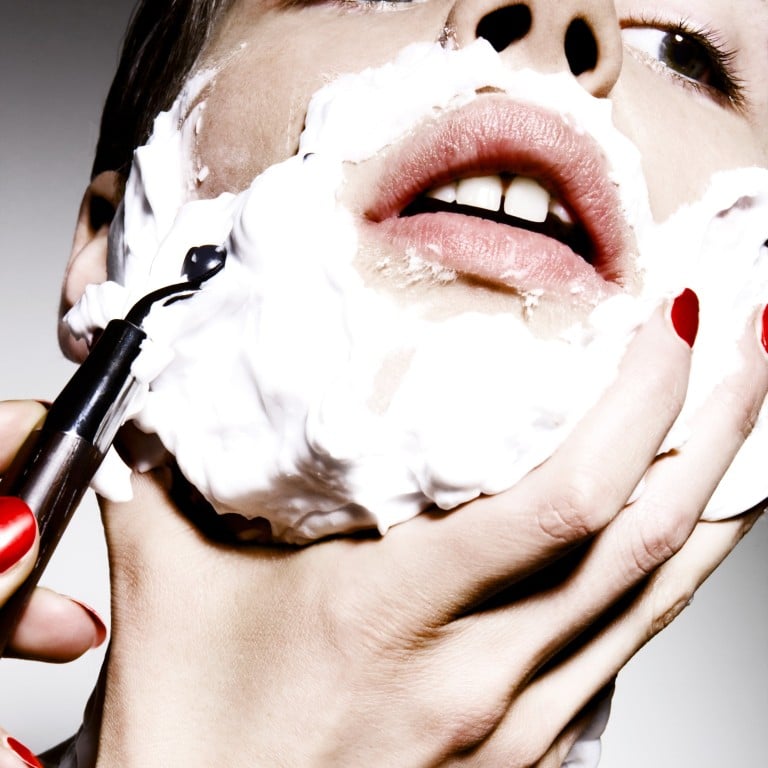Women’s facial hair is a thing: like Adele and Meghan Trainor, we should talk about it and how it changes with age, pregnancy and hormones, whether you prefer threading, IPL or leaving it au naturel

Genetics, hormones, ageing and conditions like polycystic ovary syndrome (PCOS) can all lead to moustache and chin hair on women – but this is natural and nothing to be ashamed of
The reality of peach fuzz, a rogue chin hair or a barely there moustache has been part of womanhood for generations – embraced by some, meticulously removed by others. Whether shaped by genetics, hormones, ageing or conditions such as polycystic ovary syndrome (PCOS), dealing with facial hair remains a fixture in beauty routines yet a ghost in mainstream beauty conversations.

Then come the less-talked-about shifts, like post-partum, when a surge in androgens can trigger unexpected hair thickness and coarseness, and menopause, when declining oestrogen lets testosterone take the lead, bringing with it the infamous chin hairs that seem to appear overnight.
The science of facial hair is hardly a mystery. Androgens, often labelled as male hormones, play a major role in hair growth, but they exist in all women at varying levels. “With virtually any medical process, we are a combination of genetics, diet, relationship, hormones and environment,” explains Dr Bruce Dorr, an American obstetrician-gynecologist and senior medical adviser at preventive medicine company Biote, adding that, when it comes to facial hair, certain populations are genetically predisposed to more noticeable growth in areas that mainstream beauty standards deem undesirable. “Women of Mediterranean descent, for example, may have hair above the lip and general facial hair because of hormone processing that is genetically driven.”

Beyond hormones, genetics dictate just how prominent facial hair will be. Dorr explains that testosterone’s “ugly cousin”, dihydrotestosterone (DHT), often plays a decisive role. “There is a certain enzyme that is genetically driven to push testosterone down that pathway. It’s the same reason that some men and women lose their hair. It’s called 5-alpha reductase, and it turns testosterone into DHT,” a much more potent androgen that causes oily skin, acne, hair growth in places that you don’t want it, and hair loss in places where you do.
For some, facial hair increases noticeably in their 30s or 40s – a shift that can feel sudden but is often just another part of the ageing process. “As we age, our robust and healthy cells get bombarded with bad environmental exposure,” Dorr notes. “Some of this is a result of our decisions, such as poor diet, but other exposure is simply part of living in our world, such as oestrogenic plastic or disrupters in perfumes and pesticides.”
